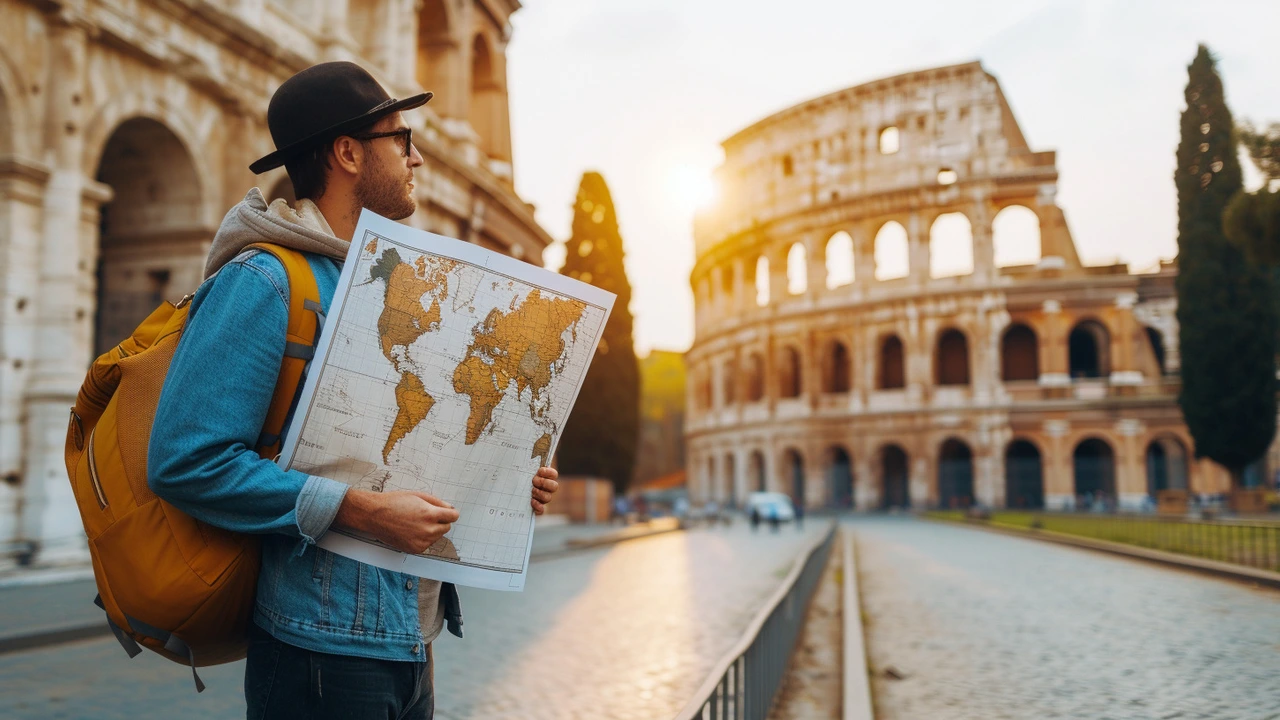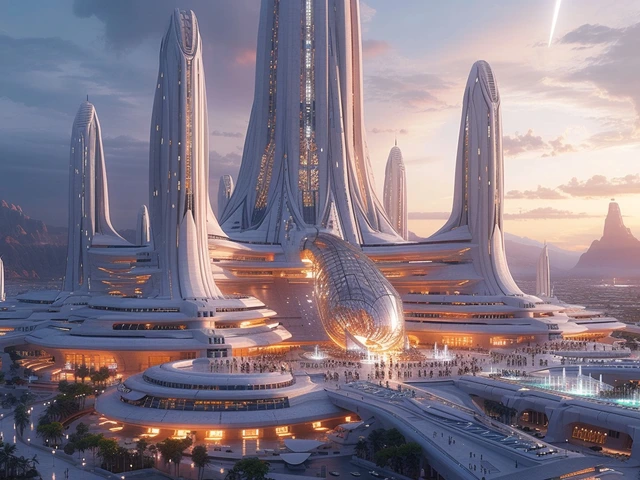Inception of the Roman Architectural Era
Strolling through the streets of Melbourne with my ever curious Maine Coon cat, Whiskers, I can't help but marvel at how a form of architecture conceived thousands of years ago continues to leave a lasting impression on our modern world.Somehow, it brings to mind the fantastic and enduring legacy of ancient Roman architecture. The Romans were phenomenal builders and extraordinary engineers. Using a combination of material, such as concrete, marble, and stone, they were able to construct massive and elaborate structures that remain standing to this day. An utterly fascinating subject to dive deeper into!
Empire's Enigmatic Edifices: The Roman Temples
Now, if Samuel, my husband, and I were to argue about the most impressive architectural designs of the Romans, he'd probably place his bet on the Colosseum. Still, for me, nothing spells fascination as clearly as the incredible Roman Temples do. From the iconic Pantheon, with its imposing domed roof, to the Temple of Jupiter Optimus Maximus, these edifices symbolized the power and grandeur of the Roman Empire.
The Architectural Advent: Roman Concrete
Cementing their legacy, literally and metaphorically, the Romans innovated an architectural component that largely contributed to the longevity of their infrastructure - concrete. Or, 'Opus Caementicium', as the ancient Romans would refer to it. Isn't it breath-taking to imagine that a structural element used so widely today was perhaps first popularised in Rome about two thousand years ago? Remarkable indeed!
Structural Statements: The Amphitheaters
Let's travel back in time, imagine ourselves as one in the crowd of a gargantuan structure, the air filled with anticipation. You're at a Roman amphitheater waiting for the gladiatorial games to commence. Noteworthy examples of these included the Colosseum and the Theatre of Pompey. I bet the collective gasps and cheers from the crowd then still resonate in those majestic archways!
Engineering Excellence: The Aqueducts
Water, the life source for everyone, and much like our Melbourne’s infrastructure, the ancient Romans placed significant importance on its efficient supply as well. It's with this in mind that a thought pops up – the ingenious Roman aqueducts! Marvelling at their architectural brilliance brings back stark memories from last year when my husband and I ventured on a trip to Rome, studying every nook and cranny of the Pont du Gard in France, an exquisite example of this infrastructure. It left us gasping, to say the least!
Majesty in Mortar: The Roman Baths
Every once in a while, nothing feels as revitalising as an indulgent spa day, am I right? So, it's no surprise that the Romans, known for their love of luxury and leisure, erected elaborate bath complexes. These complexes were not just centers for bathing for the Romans, they were a hub for socializing, much like our modern day clubs.
Defying Dimensions: The Basilicas and Triumphal Arches
For an enthralling end to the architectural evolution journey of the Romans, we turn our gaze towards the magnificent basilicas and triumphal arches. With their soaring columns and elaborate frescoes, these structures were often used for administrative purposes and to celebrate victories. Standing beneath the arch of Titus during our trip to Italy, Samuel pointed out that it was like looking at a 3D history book, one carved out of marble and stone. Gazing up at it, I couldn't help but agree!
In essence, the Romans left an extraordinary architectural legacy, showcasing ingenuity ahead of its time and skill that is still greatly appreciated today. Their pioneering use of arches, domes, and concrete is something that engineers and architects still learn from to this day. So the next time you admire a DOM-like structure or walk under an archway, take a moment to appreciate the architectural marvel of the Romans.





